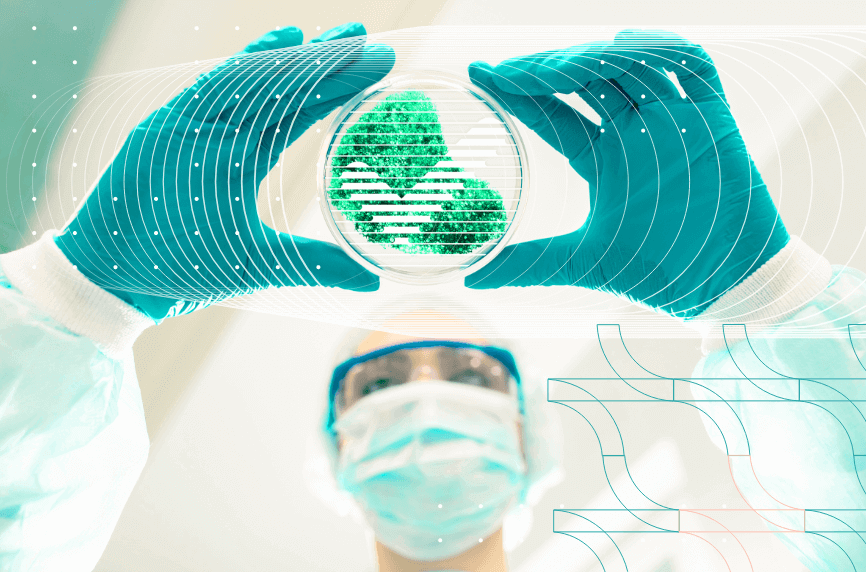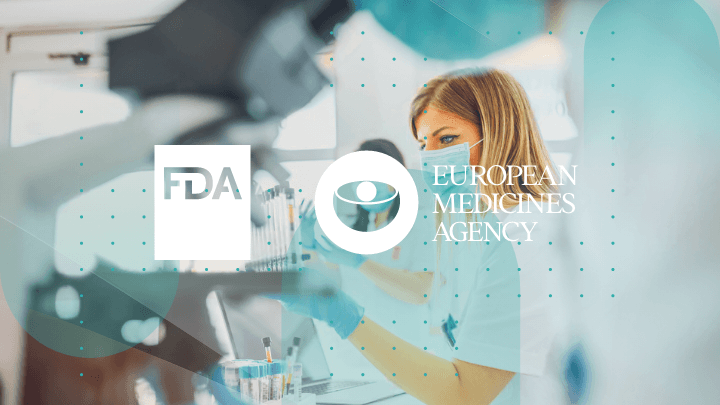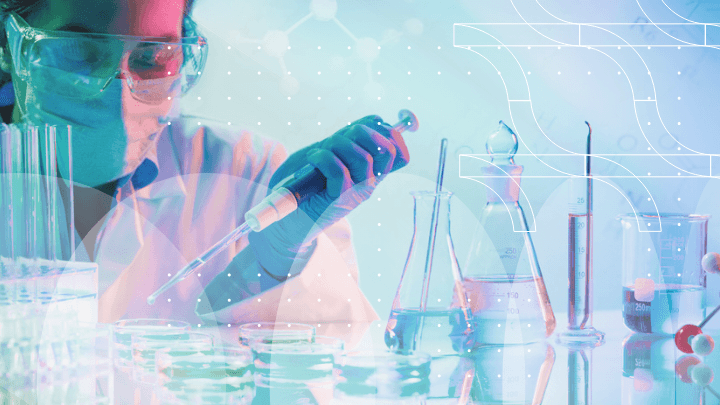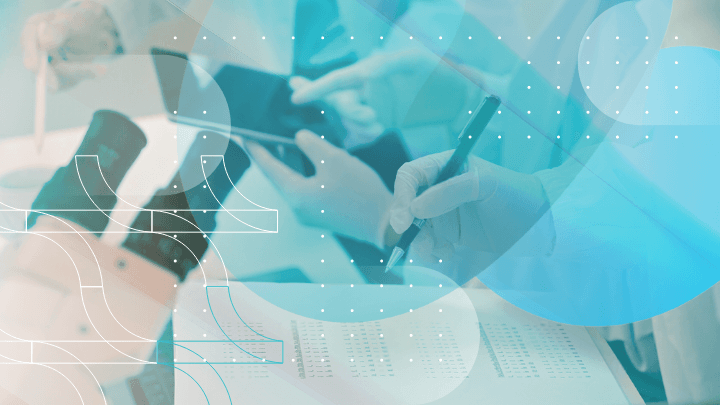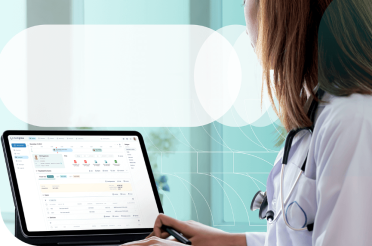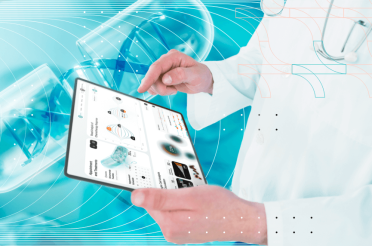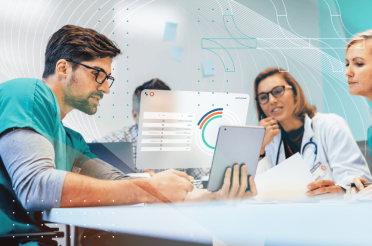New and advanced drug research has been carried out more and more in recent years because of the constant advancement of technology. Making sure that the medications that are produced in such studies are safe, efficient, and properly approved for human use is of vital importance.
One way to ensure that is by including good laboratory practices (GLP) in the initial equation of research and experimentation.
To understand just what good laboratory practices are, we will delve deep into their history, key principles, and regulatory requirements.
Introduction to good laboratory practice
In the world of experimental (non-clinical) research, GLP represents a comprehensive quality management system for research laboratories and organizations. Its primary goal is to guarantee the uniformity, consistency, reliability, reproducibility, quality, and integrity of products developed for human or animal health, encompassing pharmaceuticals.
GLP extends its application from physio-chemical properties to a range of safety tests, spanning from acute to chronic toxicity studies and tests. This quality system is pertinent to non-clinical health studies assessing the safety or efficacy of products in development for people.
It is essential to clarify that GLP, functioning as a data and operational quality system, differs from laboratory safety standards concerning protective equipment like gloves and glasses. The core principles of GLP focus on fostering safety, consistency, high quality, and reliability in non-clinical and laboratory testing processes.
Notably, GLP’s scope is not confined to chemicals but extends to medical devices, food additives, packaging, color additives, animal food additives, non-pharmaceutical products, biological products, and electronic products.
The history of GLP
GLP, initially implemented in New Zealand and Denmark in 1972 (1), gained prominence in the United States as a response to instances of fraud involving toxicology labs submitting unreliable data to the Food and Drug Administration (FDA) by pharmaceutical companies.
The notorious case of Industrial BioTest Labs (IBT) revealed widespread falsification or poor execution of safety tests, causing public scrutiny and congressional hearings. In 1976, the FDA responded with proposed regulations on GLP, leading to the establishment of the final rule in June 1979 (21 CFR 58) (1).
The Environmental Protection Agency (EPA), encountering similar issues, formulated its own draft GLP regulations in 1979 and 1980, culminating in the publication of final rules in 1983 (40 CFR 160 and 40 CFR 792).
GLP was created to monitor and support the development of human drugs, biological products, cosmetics, medical devices for human use, electronic products, food and color additives, veterinary drugs, feed additives, and tobacco products (2).
There are, of course, studies that are not meant to be under the scope of GLP.
These include:
- Human clinical studies;
- Nonclinical PK (pharmacokinetics) evaluation that is not part of a GLP study;
- Bioanalysis of samples for clinical trials;
- Basic research (nonclinical pharmacology studies for mechanisms of action, efficacy);
- Discovery toxicology studies.
Global harmonization of GLP standards
The FDA and EMA (European Medicines Agency) play pivotal roles in regulating and ensuring compliance with GLP standards. These regulatory agencies provide guidelines and frameworks that research laboratories must adhere to. Their scope extends to conducting non-clinical safety tests for pharmaceuticals, ensuring the quality, reliability, and integrity of medicinal products developed for human or animal health.
Both the FDA and EMA emphasize the importance of GLP in maintaining patient safety, data reliability, and ethical standards throughout the various phases of the clinical trial process. They mandate GLP compliance for studies on animal health products, overdosage studies, safety studies in the target species, and more.
The Organisation for Economic Co-operation and Development (OECD) plays a central role in developing and promoting global standards for GLP. Its guidelines ensure the quality of non-clinical safety studies, fostering international harmonization.
Collaborating with regulatory bodies, including the FDA and EMA, the OECD council contributes to consistent GLP standards worldwide. The organization also supports training initiatives for effective GLP implementation.
These agencies work with national competent authorities to ensure that clinical trials follow rigorous scientific and ethical standards across all phases, from preclinical research to Phase 4 trials. Adherence to GLP guidelines, monitored and enforced by these regulatory bodies, is essential for obtaining approval for the sale of treatments in the respective markets.
The way to keep GLP standards and practices updated to the modern state of the healthcare industry is through constant communication between the different regulatory and inspection agencies. The main goal is to have an all-encompassing standard of procedures that evaluate medical research efficiently and fairly.

Deliver a world-class Healthcare project–with high-skilled, seamlessly integrated IT talent
Learn how from our consultants. We work with clients worldwide.
GMP compliance: purpose and challenges
GLP compliance is mandated for specific studies, including:
- Those related to overdosage;
- Animal safety
- Tissue residue;
- Udder irritation in animal health products.
Additionally, safety studies assessing the drug-abuse potential, submitted to the FDA for research or marketing permits, fall under the compliance requirement. Chemical procedures characterizing the test article, ensuring stability, and determining homogeneity are also included.
Conversely, GLP compliance is not required for certain activities, such as:
- Validation trials confirming analytical methods;
- Safety studies on cosmetic products;
- Organoleptic evaluation of processed foods;
- Work related to developing chemical methods or establishing specifications for a test article;
- Analyzing specimens through chemical procedures, like clinical chemistry and urinalysis.
It’s crucial to note that GLP is not obligatory during early development stages, encompassing discovery, screening, basic research, and concept assessment, aligning with the World Health Within the organizational process, the recommended GLP compliance typically applies from Stage 2 onward in the drug development process.
Maintaining good laboratory practice compliance presents challenges in understanding complex regulations, adapting to frequent changes, and allocating resources effectively. Consistency across diverse practices and staff members, along with the risk of non-compliance-related issues, requires a vigilant culture of compliance and ongoing training initiatives.
Balancing investments in infrastructure and quality control with other operational needs is a key consideration. The key principles we are about to discuss have to be implemented carefully. To make sure that happens, control and supervision over their correct implementation is vital.
Key principles of GLP
GLP guidelines encompass key elements to ensure the integrity and reliability of studies in a test facility.
Personnel
At the commencement of a study, a designated study director must be appointed by the testing facility manager to oversee overall conduct and GLP compliance.
The presence of an independent Quality Assurance Unit (QAU) is crucial, ensuring separation from the testing facility’s organizational management.
Characterization
Personnel conducting the study must possess knowledge about each test and control article.
This includes information about:
- Identity;
- Purity;
- Composition
- Stability;
- Date of receipt;
- Expiry date;
- Storage instruction;
- Quantity received;
- Quantity used.
Facility and equipment
The test facilities should establish separate areas for various activities.
Different areas should be suited for:
- Receiving and storing test articles;
- Mixing them with carriers;
- Storing mixtures;
- Housing test systems.
Regular calibration and maintenance of equipment are imperative, with the data recorded accessible to operators.
Study plan or protocol
The study plan or protocol serves as the master guidance document, outlining the study’s methodology, schedule, and materials used.
It undergoes a thorough approval, review, and discussion process before the study begins.
Storage of records
Throughout the study, the study director is responsible for capturing and storing all data related to the study.
Archived records, including the protocol, final report, and SOPs, are securely stored, and only authorized personnel can access them.
Standard operating procedures (SOPs)
SOPs, especially for routine procedures, must be established for each separate area within the testing facility.
These procedures require approval from the testing facility manager, and any deviations should be authorized by the study director.
Retention of records
The duration for retaining archived records varies based on national GLP regulations.
For research laboratories in the US, the retention period depends on factors such as FDA submission, application status, and study completion, ranging from 2 to 5 years.
Final report
Prepared and approved by the study director, the final report provides a comprehensive and accurate account of the study.
It includes deviations, results interpretation, and a GLP compliance statement.
Regulatory requirements for GLP
Adherence to regulatory requirements is integral to maintaining the quality and integrity of non-clinical laboratory studies conducted under GLP. These regulations, outlined by regulatory authorities, span key aspects of the research process.
Firstly, personnel qualifications are crucial, with the appointment of a qualified study director and the establishment of an independent Quality Assurance Unit (QAU) being mandatory. The facility infrastructure must adhere to standards ensuring the separation of activities, preventing interference, and preserving the integrity of the study. Proper characterization and documentation of each test and control article are emphasized to maintain compliance.
The regulatory process involves a meticulous approval, review, and discussion of the study plan or protocol before initiation, ensuring alignment with regulatory standards. The final report’s integrity is paramount, encompassing an accurate account of the study, including deviations, scientific interpretations, and a GLP compliance statement by the study director.
Lastly, secure storage and meticulous record retention, with access limited to authorized personnel, are mandated throughout the study’s duration, meeting specific regulatory timelines for archived records.
Adhering to these regulatory requirements is essential for research laboratories to uphold the credibility and mutual acceptance of their study data within the scientific and regulatory communities.

Discover how we can help outsource Healthcare projects efficiently
Speak to an expert today, and see how our on-demand IT talent and augmented teams can efficiently deliver value at every step of your roadmap.

In the past years, GLP has proven itself to be a staple of integrity and safety in the medical community. Learning how to implement its practices and principles can be extremely beneficial.
There are a lot of aspects to it combined with considering its regulatory requirements as well. It is an undeniable fact, however, that having a better grasp on GLP can improve the way any medical research is carried out and ensure a safer environment for future growth.









